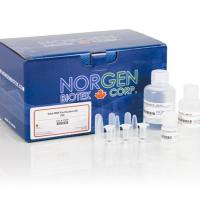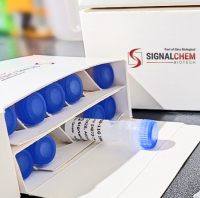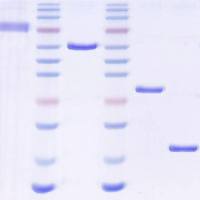A Sensitive Immunofluorescence Assay for Detection of p53 Protein in the Sputum
互联网
535
Lung cancer is the most common cancer with the highest mortality worldwide. An estimated 1.04 million new cases were diagnosed and 921,000 deaths occurred in 1990. In the United States, an estimated 171,600 new cases of lung cancer with 158,900 deaths were reported in 1999 (1 ). Most lung tumors are inoperable at the time of diagnosis, because obvious symptoms do not appear at the early stage of the disease. More than 90% of lung cancer patients die within a short time after diagnosis (2 ). In order to decrease the lung cancer mortality, new tools for early detection are urgently needed. Sputum samples are easy to collect and contain epithelial cells derived from the lungs and bronchial passageways. Sputum is therefore an appealing material for clinical screening of lung cancer. Sputum cytology has been used as a routine diagnostic method in the early detection of lung cancer since the last century (3 ), but the conventional sputum cytology used in screening of morphologic changes has not led to a decrease in lung cancer mortality (4 ). This is due, in part, to the lack of sensitive and specific immunohistochemical and molecular tumor markers in sputum-cells. This article describes a sensitive immunofluorescence assay for p53 protein that might be applied to early detection and screening of individuals (5 ).









